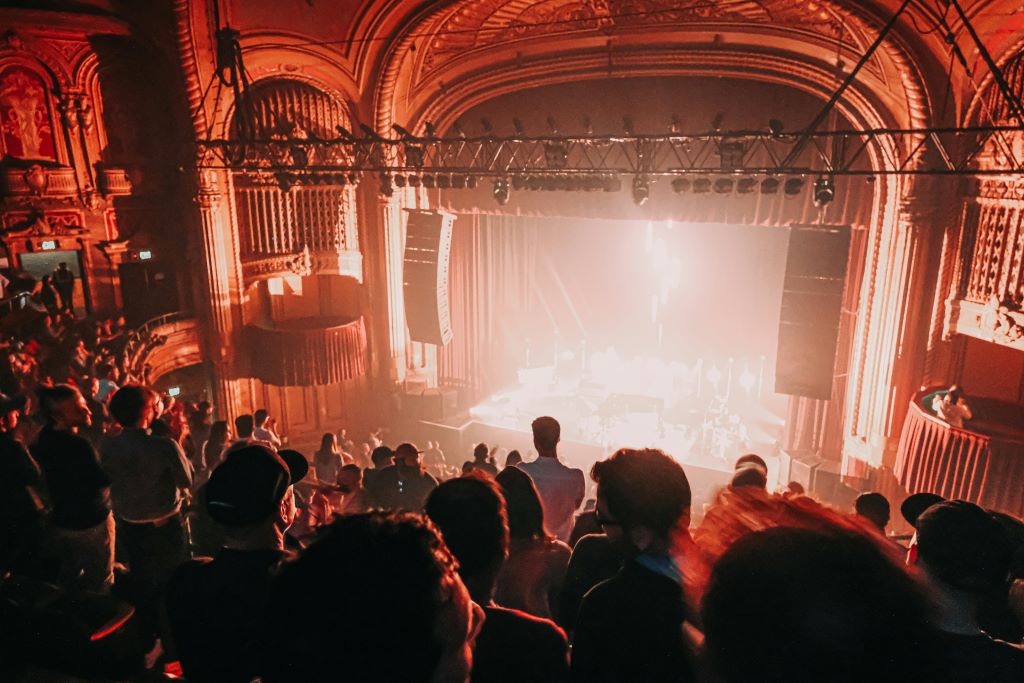GRASP
Exploring non-traditional research outputs (NTROs)
October 22nd, 2025, by

As an HDR student, you’re probably very familiar with research outputs like journal articles, conference presentations, and book chapters – all of which are excellent ways to share your work. However, if you’re curious about alternative ways to communicate your research, the concept of non-traditional research outputs (NTROs - pronounced “nitros”) might be of interest to you.
After attending a recent showcase on NTROs, I came away with some insights that I thought would be good to share.
Key takeaways from the showcase
Until recently, the Australian Research Council (ARC) played a key role in defining and recognising NTROs through its national research evaluation program, Excellence in Research for Australia (ERA). ERA defined NTROs as:
-
original creative works
-
live performances of creative works
-
recorded creative works
-
curated or produced substantial public exhibitions and events
-
research reports for an external body
-
portfolios.
A new approach to research evaluation is currently being developed, but in the meantime many universities continue to use the ERA definition – while also exploring new and evolving ways for researchers to share their work.
From performances and digital storytelling to design and exhibitions, NTROs offer creative ways to bring research to life for audiences beyond traditional academic circles. Furthermore, as universities continue to strive to increase the impact and community reach of research, these outputs are gaining greater recognition – and research repositories are evolving to better capture, describe, preserve, and showcase them.
Thinking About NTROs as an HDR Student
The showcase prompted me to consider how familiar HDR students might be with NTROs. While they may not be relevant to everyone, NTROs can be particularly useful if your research involves creative work, practical approaches, or engagement with specific communities. Even if they’re not part of your thesis, they can still play an important role in how your research is shared, understood, and experienced – both during your studies and beyond.
How to learn more
If you’re interested in exploring NTROs further, you may like to browse by document type in eSpace. While Curtin researchers have shared their work in many diverse ways, a few examples include:
Energaia: Imagining Energy Futures (a publication supporting the exhibition Energaia: Imaging Energy Futures)
Efficiency, Productivity, Excess (a Radio National interview on The Philosopher’s Zone)
Queer as Flux (an autobiographical one-person show)
Additionally, a great place to learn more about them is the Library’s Non-traditional research outputs (NTROs) guide – it offers practical advice and resources to help you understand NTROs and the role they might play in your research journey.
Please make any comments/ feedback, or suggestions for further posts at this link. Comments are anonymous and not published, although you can add your email if you would like a reply or your comments published.